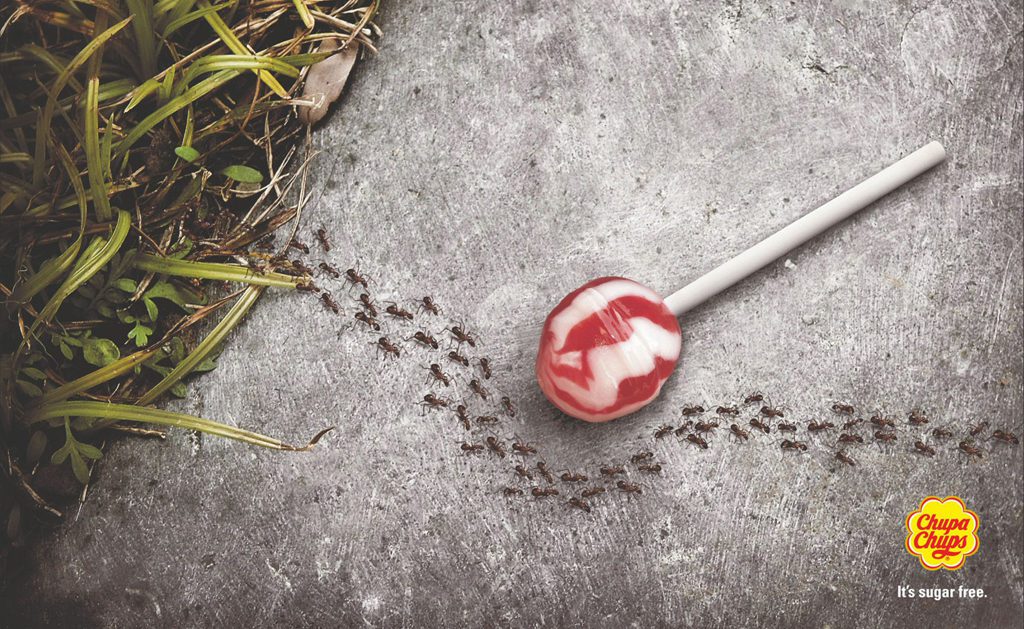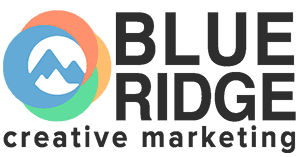Why creative advertising?
As a business, trying to persuade folks buy stuff can be a hard task. As consumers we’re constantly being fed advertisements and brand experiences thousands of times per day, but, due to all the ‘noise’ around us these days, the ability for there average consumer to actually remember those advertising exposures is extremely limited. Not to mention, our attention spans are continuing to shrink as well. There’s no shortage of theories and ideas for cutting through all this ‘noise’, and in many cases there’s actual research to support those ideas and theories. What we do know, however, is this: Creativity and creative advertising correlate to sales and sticking in the minds of consumers. it can really be distilled down to three main reasons why —
RECOGNITION:
It’s simple: consumers remember creativity. According to a 2004 study, creative advertising, when compared to other more “traditional” media, stood out from the crowd, attracted attention, and was much more memorable for being more noticeable to consumers. In fact, a 2008 study from the Journal of Advertising, stated that “creative advertising was found to enhance recognition, and this positive effect increased over time.” This is because creative ads tend to present new information in connection with old info in ways that add a greater level of meaning for the audience. Memory can be defined as the process of making meaningful connection between new and old ideas. A great creative ad or idea can help do the heavy lifting for you.
ENTERTAINMENT:
It’s well known that creative content is entertaining content. As consumers, we watch tv, browse social media, and search for things on Google mostly for a form of entertainment. The places we go for entertainment are also the places we have come to accept as places we are more likely to see an advertisement. Hard sells are boring, they’re disruptive and not very attractive. Creativity makes advertising appealing in and of itself (to the degree that an ad can be appealing for a consumer). Creative ads are also better for consumers, and our media partners. Another recent study found on tandfonline.com, looked into the unintended impact of creative on an audience. It found that creative work has a positive impact on the audience’s own creativity and, in turn, produced a positive perception of the media [the ad] was placed in. Don’t forget: you can get even more creative by deciding where and when to place an ad. Think “outside the box” on this!
MONEY, MONEY, MONEY:
The bottom line: creative content sells! The idea is that if consumers enjoy a products branding, and they remember the product or service from its branding, they’re more likely to end up buying said product or service. In other words, If the audience is entertained, and if they remember the product, there’s a strong correlation with the purchasing decisions. According to the Cannes Lions research, companies that win their annual Creative Marketer of the Year “outperform the stock market by a factor of 3.5”. They have also found campaigns that “go viral” make larger commercial gains than average and have more positive brand effects. As for the cost of this creativity, Cannes demonstrated these viral campaigns on average had half of the budget of the average campaign. to sum it up, creativity can actually help you save money. It is well known in the ad industry that creativity is the key to doing more with less [of a budget].

When it comes to investing in creativity, the bottom line is that it’s a no brainer. Creativity and creative advertising produces greater recognition amongst consumers, is shown to be farm more entertaining than a traditional “hard sell” ad, and can actually help save you money if you are doing it effectively. These three big things help prove that businesses who are ready to think outside of traditions and norms when it comes to branding and advertising, are more often than not rewarded for their ability to buck the norm. It just makes sense. Businesses who invest in creative advertising and branding are winning. Is your company or business interested?

